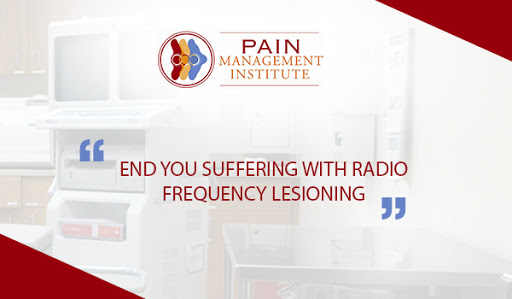Patients who endure chronic back pain and cervical pain, who have tried several conventional treatments such as medications and physical workout sessions should once try radio frequency lesioning
Radiofrequency lesioning or RFL is a process that takes advantage of electrical impulses to mask nerve transmission. RFL is mostly used on the to treat facet joint nerves, sacroiliac joint nerves and peripheral nerves. Radiofrequency Lesioning treatment provides long term relief from pain by masking the pain signals for 6 to 9 or even 18 months in some cases
The basic purpose of Radio frequency Lesioning
The Radio Frequency Lesioning does not harm the nerves instead retards their ability to transmit pain signals to the brain, providing a better and quality pain relief for up to 18 months
The procedure details
Radio Frequency Lesioning is carried under the fluoroscopic guidance to make sure that the needle reached the aimed point. By using the special Radio frequency needles and Microelectrode, the tissues and nerves the pain site is accelerated by a low intensity current. This current produces heat and blocks the pain transmitters. Local anesthesia is used to numb the area before the procedure is initiated. At the pain management institute RFL is done on an outpatient basis. The procedure takes only 30 to 60 minutes. The patient can go home soon after the procedure.
“Almost 80 to 90% of the patients get potential relief from the chronic back and neck pain with Radio Frequency Lesioning” says Dr. Zaki Anwar, MD
Though the pain relief is longer as compared to many other procedures, however it is not permanent. Sensory nerves reproduce over time and cause pain symptoms to reappear
Risks and complications
There are few risks associated with Radio frequency Lesioning involving pain and numbness, bleeding and allergic reactions on the treated area
Other rare complications include nerve damage, that may cause chronic inflammation and numbness
Conditions that can be well treated with Radio Frequency Lesioning
There are several conditions that are successfully treated with Radio Frequency Lesioning, including
- Facet joint pain
- Discogenic pain
- Sympathetically generated pain
Final thoughts
A huge number of adults endure chronic pain conditions in the United States. The patients are not only a victim of physical agonizing also they are under emotional suffering if their pain doesn’t respond to the conventional treatments
Radio Frequency Lesioning is a slightly invasive method that is implied to effectively treat pain that has been chronic and unresponsive to other treatments. The procedure is generally safe and involves negligible risks if done by an expert physician

